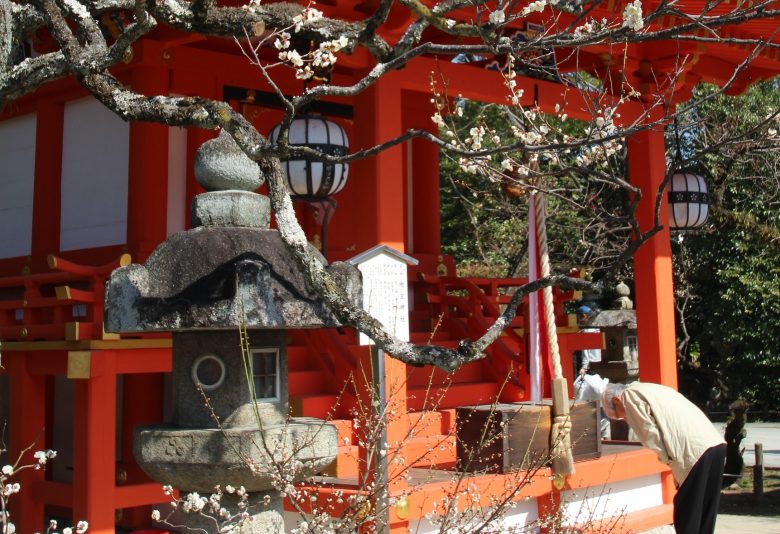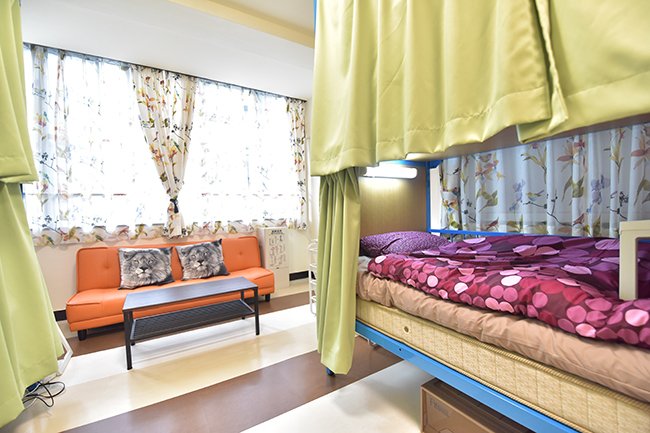
Social manners and customs of life in Japan
Whether it shall be for a long stay for work at a Japanese company, mid-term stay for a Japanese study program or short term stay for tourism around Tokyo, Kyoto or all around Japan, being mindful about the local customs and manners certainly enhances the experience of a stay in Japan.
In a country that is well known for having such different customs in comparison to the west, knowing the details of the Japanese culture is a great way to break the ice with the locals and invite the possibility of a new friendships or partnership.
As we at SAKURA HOUSE like to allow everyone to have a most pleasant and successful stay in Japan, we introduce below a few basic points to keep in mind while in Tokyo, Kyoto or the beautiful coastal area of Izu.

Bowing
Similar to waving or shacking hands, this is the most known and seen custom in Japan. It is a sign of respect towards the other person and is therefore used not only when formally saluting someone, but also when appreciating someone’s help or apologizing.
There are several degrees of bowing depending on the situation. For example you may have seen in movies (particularly historical films) the most accentuated bow of forgiveness when he actor kneels and puts his head between his stretched hands.
For the sake of simplicity we mention here that a slight bow of 10 degrees can be used for a casual greeting, 30 degrees for formal greetings and 45 degrees for deep apologies. As a rule, the more accentuated the bow, the more meaning it shall induce.
“Sandzuke” and “Yobisute”
This are two terms relating to calling someone’s name.
As many may know, it is natural to add “san” to the end of someone’s name (not one’s own name). This is called “sandzuke” (adding san) and is a conventional sign of respect towards that person.
In contrast, calling someone just by their name without using “san” at the end is known as “yobisute” (literally “call and discard”) and can cause a bit of bitterness from the other person if not used.
As with bowing, there are other ways to address a person depending on the level of respect. For example, if staying at a hotel, you may be called by your name with the suffix “sama”, which implies much more respect than the conventional “san”.
Taking off shoes
In the old days, when streets where made of dirt, houses used to be above the ground for hygienic reasons, creating a step when going into the house or shop. This can still be seen in some houses nowadays, but in some there is just a slightly individual area at the entrance called “genkan” where shoes shall need to be left prior to entering.
As a rule, whenever entering any house, it is customary to leave ones shoes in this “genkan” (entrance) area. There may be a “geta-bako” (show rack) to store one’s shoes, but if non is provided, then the best manner shall be to tidily leave the shoes next to each other and pointing towards the door.
This being said, houses are not the only areas where taking off one’s shoes is required. Surprisingly, when trying on clothes at the store, it is usually required to leave the shoes outside of the dressing room. If there are no signs and are in doubt, you can check if the dressing room floor is carpeted or not. If so, usually it will be shoes off, but if possible it is best to kindly ask the store clerk.
Eating
This should be a whole different section since there are several “rules” when eating, particularly if it is on a formal occasion. However we shall point out a main few here.
As it is well known for most countries around Asia, eating in Japan is done with chopsticks, so practicing in advance is a great way to make a good impression with the locals. However, it is best to also be mindful of the rules of eating with chopsticks to avoid any undesired embarrassment.
Other than this, something many may have already seen in manga comics, animes or movies is the use of “Itadakimasu” before starting to enjoy the meal while joining your palms together, as in praying. This is an appreciative sentence that dates back to the customs handed down from the Buddhist beliefs.
Likewise, after eating it is customary to be grateful for the meal by saying “Gochisosama-deshita”, particularly to the person who cooked the meal. Here again, it is customarily said while joining your palms together and making a slight bow.
No tipping
Related with eating out, it is worth mentioning that in Japan tipping is not customary. If you would like to show your appreciation for the food and the good service, it is best to use the phrases mentioned above, particularly “gochisosama-deshita”.
All of these points are worth keeping in mind while enjoying your stay in Japan, but there is no need to get over stressed about them. It can be very difficult to adapt to a new culture, so don’t hesitate to keep these tips with you during your stay to make it a most successful adventure. And don’t forget that if you are looking for a comfortable share house room, dormitory or apartment in either Tokyo or Kyoto, our staff is happy assist you finding the best place for your needs.
SAKURA HOUSE
Nishi-Shinjuku K-1 Bldg. 2F
7-2-6 Nishi-Shinjuku, Shinjuku-Ku Tokyo, Japan
Postal code: 160-0023
Google map
- From Japan:
- 03-5330-5250
- From outside Japan:
- +81-3-5330-5250
- Mail:
- [email protected]
- Office hours:
- 8:50 am to 8:00 pm
We are open every day of the year.
- Tokyo time:
- 06:21







